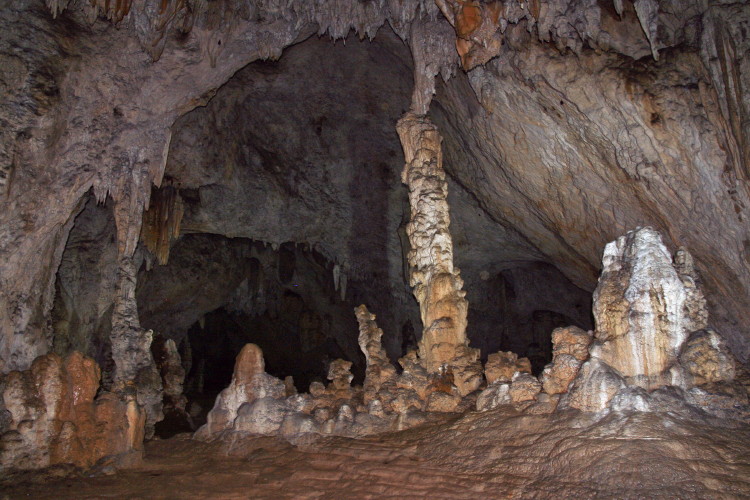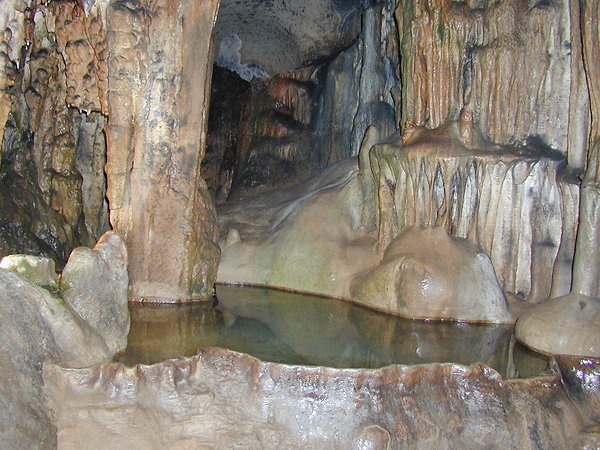 Caving in Bulgaria is an opportunity to experience a natural environment unlike any other in the surface world. There are about 4620 caves found in Bulgaria by now and each of them has a specific history. Most of them are explored and approachable for visit. Traces of pre-historical life has been found in many caves. Seven of the caves in Trigrad region are with pre-historical life (4300 BC). The beauty of the numerous stalagmites, stalactites, and water pools make Trigrad caves a favorite spot for many tourists.
Some of the most interesting caves in Bulgaria are in Rhodope Mountain. For example, penetrating Haramiiska Cave is a once in a lifetime experience to remember. The earliest traces of human life on Bulgarian lands date back to Palaeolithic and Mesolithic times. The brilliant drawings in some Bulgarian caves and the flint labour tools are the only remnants of primitive man, the forebearer of homo sapiens. A glance at the topographical map of Bulgaria immediately shows that it is a country of low, medium and high mountains, hills and plateaus, low lands and plains, gorges and passes, valleys and meadows, gulfs and beaches. Being a part of the Alpine-Himalayan mountain range, Bulgaria has mountainous regions of different geological formations. Of the hundreds of caves in Bulgaria (mostly in the Stara Planina and western Rhodopes), a dozen have been fitted with walkways and lighting and opened to the public. The most famous are Magura Cave with its prehistoric paintings, Yagodina Cave with its stalactites and cave pearls, and the awesome Devil's Throat near Trigrad. Scores of others that are equally spectacular are only known to Bulgarian cavers, who welcome contacts with their foreign counterparts. Local cavers also arrange caving expeditions.  |

